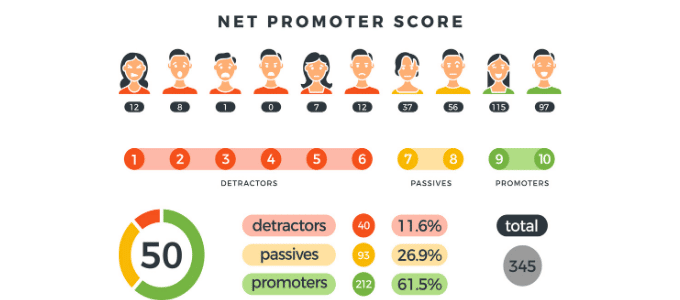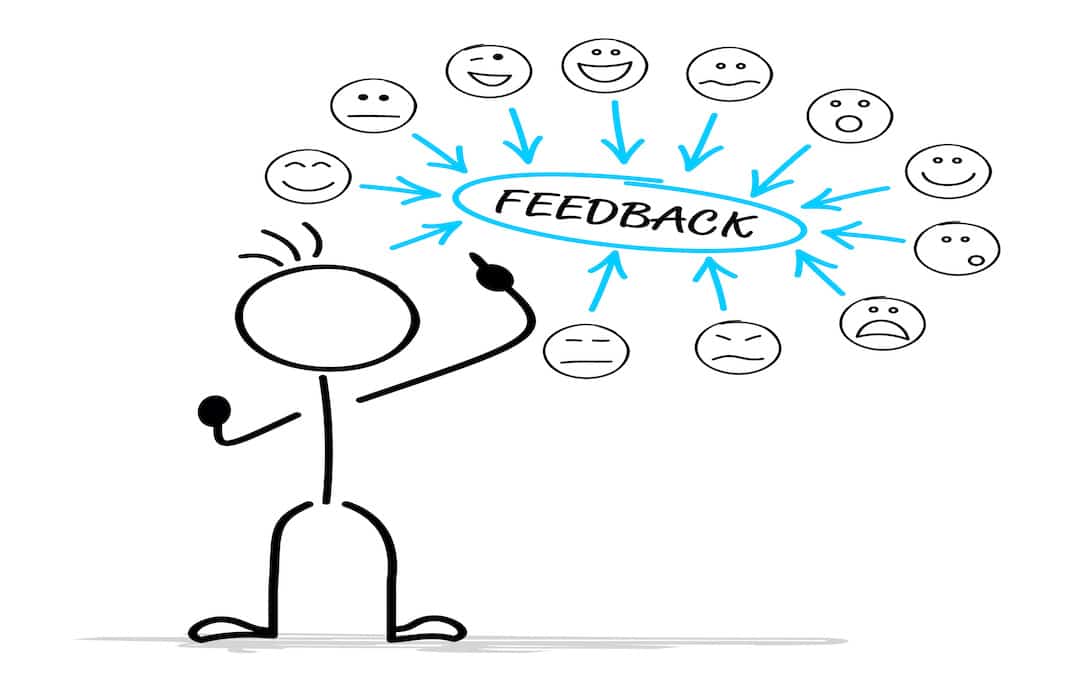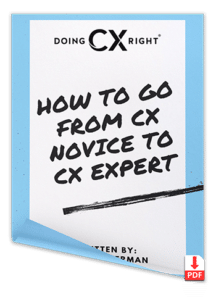There is a ton of research about the value of delivering exceptional customer experiences (CX). Allocating budget and resources towards customer excellence is no longer a “nice to do.” To win in a competitive marketplace, it is a “have to do.” Measuring customer experience is just as important as tracking revenue, costs, and related Key Performance Indicators (KPI). There are multiple metrics you can use to gauge customer satisfaction. Net promoter score (NPS) is most common but not the only approach.
What is Customer Net Promoter Score (NPS) & Why Does It Matter?
In simple terms, NPS is this single question asked of customers. “How Likely Would You Recommend (insert company name) To Your Friend or Business Colleague.” The answer, based on a mathematical approach, indicates how customers view your brand.
The video below explains the history of Net Promoter Score. It dives into the NPS equation, in addition to the meaning behind the score.
Understanding Customer NPS Scores
Before you can talk about how to use CX measurement to design experiences, you need to understand what NPS Scores are. As defined below, NPS identifies three types of customers.
Promoters (9-10 scorers):
– Willing to refer friends and colleagues.
– Typically loyal customers. Because they are highly satisfied, they are unlikely to leave for a better offer.
Passives: (7-8 scorers)
– Indifferent about a brand.
– No strong feelings in favor of or against a company.
– Spend little time promoting the brand to friends or colleagues.
Detractors: (0-6 scorers)
– The highest probability of leaving the company for a competitor.
– Actively discourage others from using the brand. Because they are so dissatisfied they are motivated to deter others from your brand, detractors can have huge impact on revenue.
To calculate your company’s net promoter score:
Add the percentage of those who selected “9” or “10” (very likely) and subtract out those who selected “1” through “6.”
This difference is your NPS. Scores can range from -100 to +100.

Use Feedback to Take Action
In order to become more customer-centric, you must get customer feedback and score customer experience at EVERY TOUCH POINT. However, that effort is wasted if employees do not take action from the insights.
5 Best Practices To Effectively Measure Customer Experience
1. Ask the Net Promoter Score question at “moments of truth” throughout the customer journey.
Learn more about customer journeys and get a free template.
2. Communicate results throughout the organization at all levels
Make sure everyone understands the scores. Empower employees to help “close the loop.” Frontline employees must follow up with Detractors to resolve their “pain points.” And remember, timing matters! The faster you contact customers, the more likely they will convert from a Detractor to a Passive or Promoter.
3. Institute programs that engage Promoters
Promoters are most likely to be brand ambassadors. To engage promoters, deploy a referral campaign for customers who gave a 9 or 10 rating and provide benefits that recognize their loyalty.
4. Pay attention to Passive customers
Do not ignore passive customers. Communicate often. Care about their needs just as much the needs of promoters and detractors. After all, you can easily convert a passive customer to a customer who brags about your brand. On the other hand, if you do not show you care, passive customers can just as easily leave for a competitive offer.
5. Make customer experience metrics part of everyone’s personal accomplishments
This is a sure way to engage employees. Keep them accountable to help build a “customer-first” culture.
Since a “5% reduction in the customer defection rate can increase profits by 5 – 95%” (Source: Bain & Company), everyone needs to own customer experience. Further, everyone needs to continuously use CX scores to drive improvements.
Apply More CX Metrics
Even though Net Promoter Score (NPS) is a useful metric to gauge customer perceptions and identify whether overall expectations are met, it is not the only score that matters. Drivers of NPS, such as C-Sat (Customer Satisfaction), Level of Effort and other measurements also need to be leveraged. In upcoming articles, I will share more details about CX scores. And we’ll look at ideal ways to implement a comprehensive Voice of Customer (VOC) strategy to achieve company goals.
Learn more about measuring CX and making Voice of Customer your game changer.
Sign up for mentorship
I can help you to design your journey map and institute CX measurements to ensure customer expectations are met at each “moment of truth.” Let me show you the way.
Take an online CX course & get certified
Read about my class experience and university recommendations. Also, access my discount code to save significantly on tuition costs.
Use a journey map template to get started
Access a useful document to jumpstart your CX practice. Use template with your teams to design best-in-class experiences.




0 Comments
Trackbacks/Pingbacks